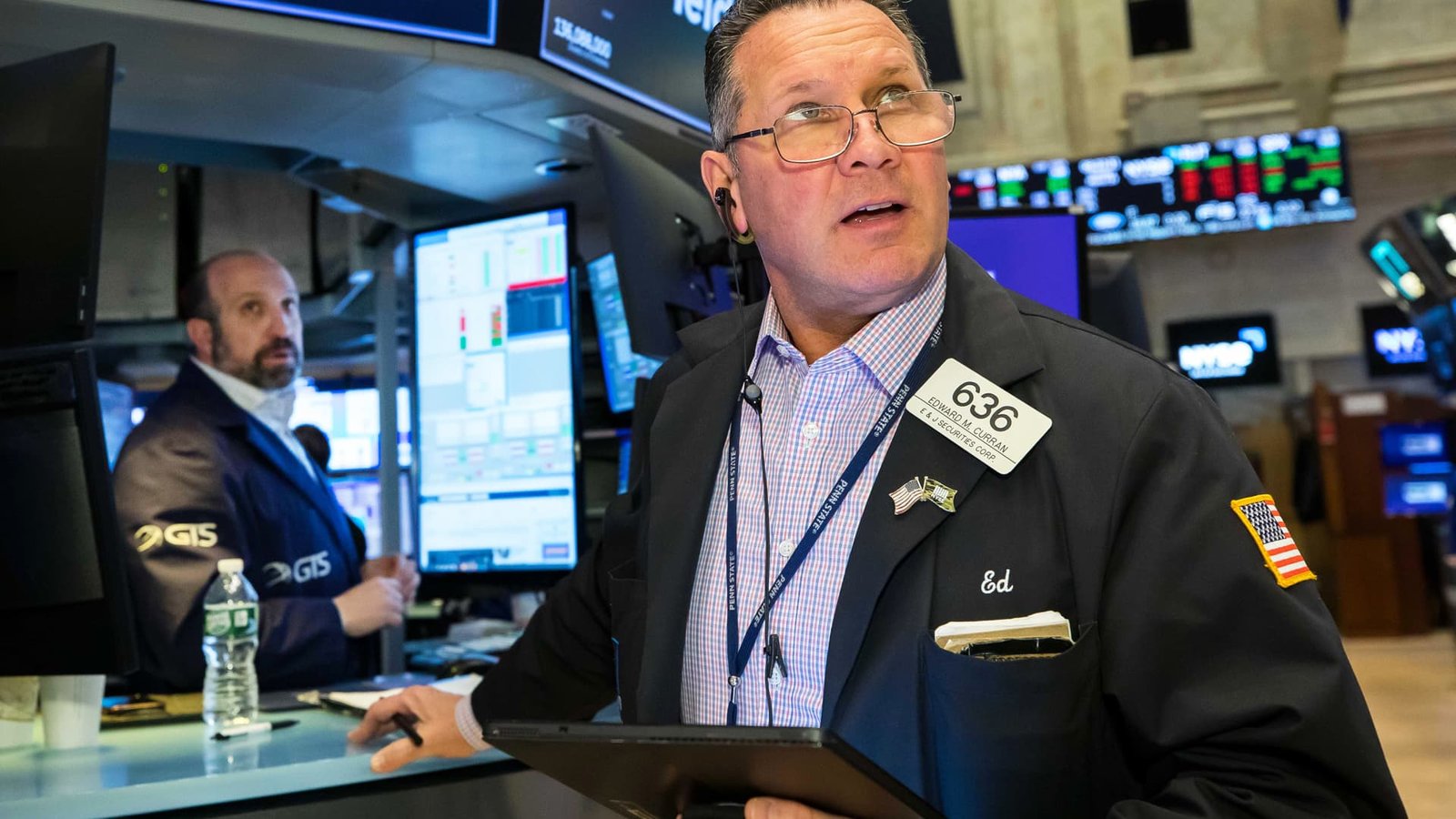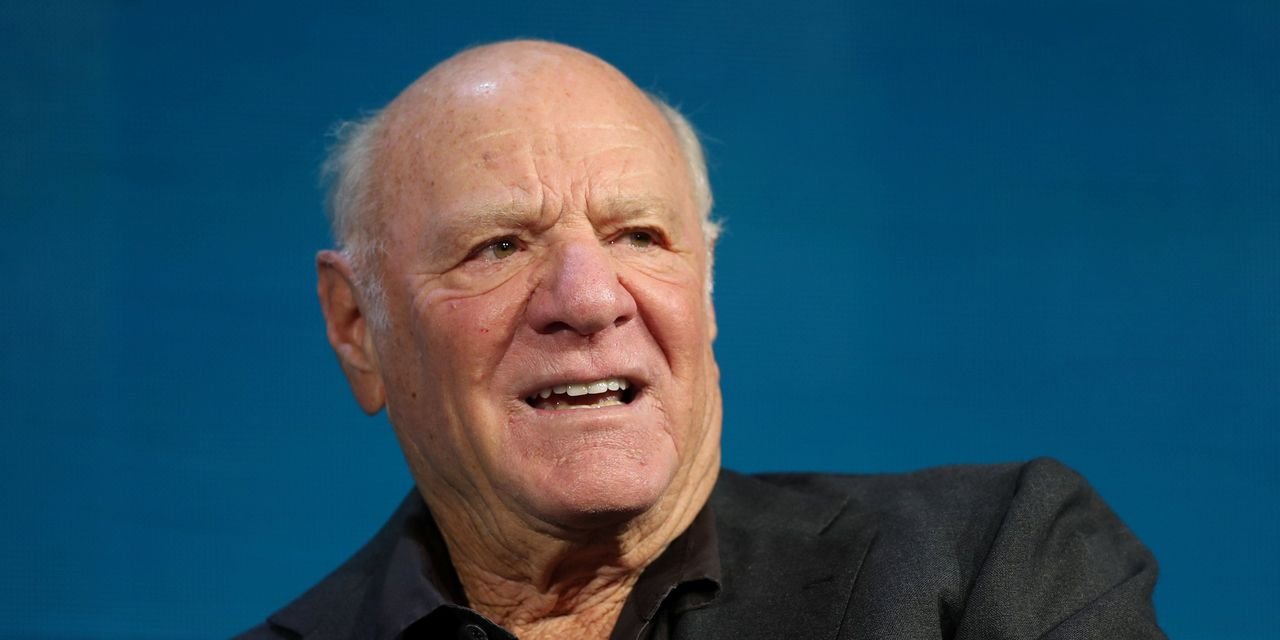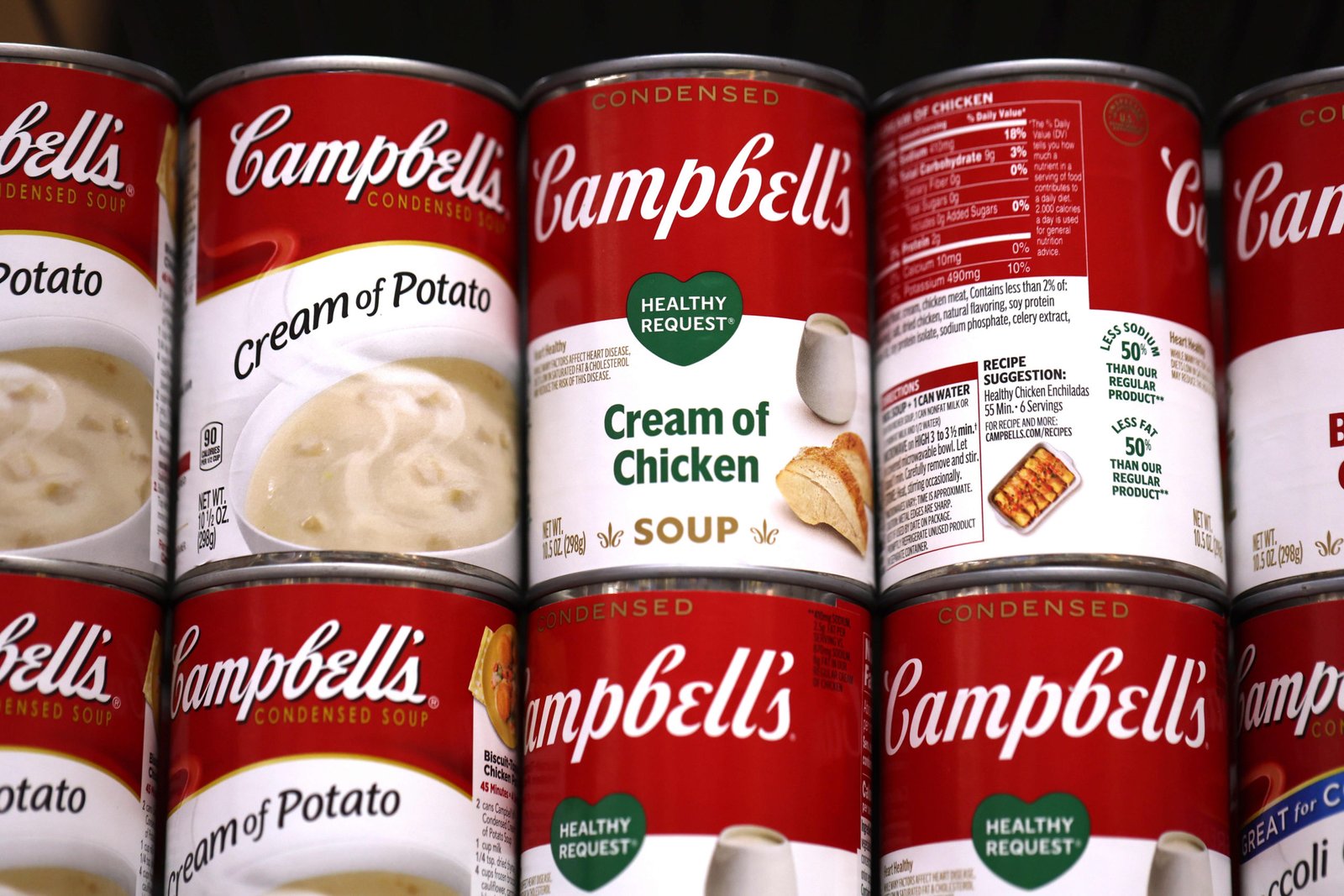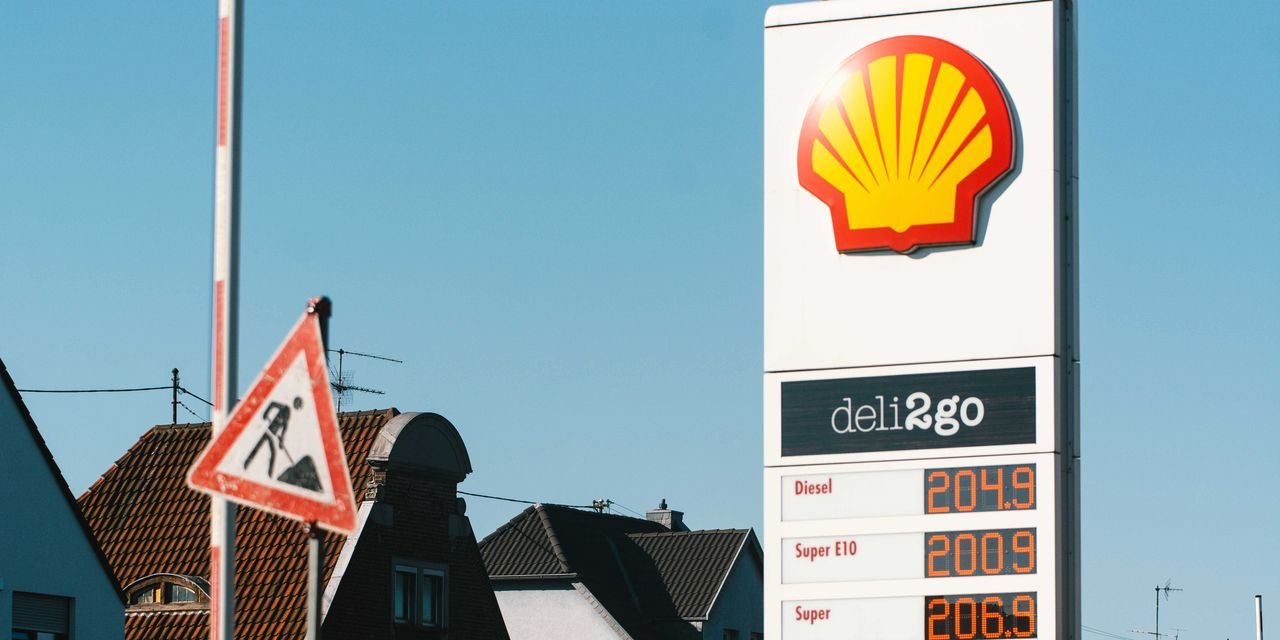US stock futures declined, while oil prices rose sharply, as investors monitored developments surrounding Russia’s invasion of Ukraine and awaited fresh inflation figures.
Futures for the S&P 500 declined 1% Thursday, while contracts for the tech-focused Nasdaq-100 fell 1.4% and futures for the Dow Jones Industrial Average were 0.6% lower. All three indexes broke a four-session losing streak Wednesday, when oil prices from recent highs but remained above $100 a barrel for the main US and international gauge.
White House press secretary Jen Psaki lashed out at Russian claims that the US was developing chemical weapons in Ukraine late Wednesday, warning it could be a pretext for Moscow to use such weapons itself. Some analysts said concerns over this may have added to market nervousness Thursday.
On Thursday, futures for Brent crude, the global oil benchmark, rose 5.2% to $116.93 a barrel. The US equivalent, West Texas Intermediate, added 4.4% to $113.46.
In premarket trading, Amazon.com shares rose 5.1% after the e-commerce giant’s board approved a 20-for-1 stock split and authorized the repurchase of up to $10 billion of common stock.
Overseas, the pan-continental Stoxx Europe 600 fell 1.7%, after notching its largest daily percentage gain since March 2020 on Wednesday. The index’s banking sector fell 3.4% Thursday, as investors worry about the European economy’s exposure to Russia, and many expect that the eurozone’s central bank may hold off on raising interest rates due to the war.
“Yesterday, there was this rally and already you can see profit-taking. There’s very little conviction in this market,” said Agnès Belaisch, chief European strategist at the Barings Investment Institute.
The euro fell 0.3% against the dollar Thursday, to one euro buying $1.1041. The WSJ Dollar Index, which measures the greenback against a basket of currencies, edged up 0.2%.
Traders at the New York Stock Exchange.
Photo:
Courtney Crow/Associated Press
Russia’s invasion of Ukraine has injected volatility into stocks, bonds, commodities and currencies, as investors try to assess the impact of sanctions and the potential for disruptions to trade and supply chains.
The Russian ruble traded at 117 rubles to the dollar in offshore trading Thursday, having strengthened against the greenback from Wednesday, according to FactSet.
Assessing the ruble’s value has grown difficult over the last two weeks, as it has become harder for banks to execute buy and sell orders, following Western sanctions and capital controls imposed by Russia.
Russia’s stock market has remained closed since Feb. 25.
High oil prices have prompted concerns that the US and Europe could see sustained inflation and lower economic growth, as elevated energy prices eat away at household spending on other goods and services. US consumer-price index data for February will be published at 8:30 am Thursday, and economists forecast that inflation climbed further in that month, having reached a four-decade high in January.
President Biden’s cryptocurrency executive order may have produced more questions than it’s answered: What’s a central bank digital currency? How is it different from crypto? And why hasn’t the Fed introduced a digital dollar? WSJ’s Dion Rabouin explains. Composite photo: David Fang
Bitcoin’s dollar value dropped more than 6% Thursday from its 5 pm ET level Wednesday to $39,212.83. The world’s largest cryptocurrency by market value rallied Wednesday as President Biden announced an executive order to study digital currencies, a move the industry welcomed and skeptics decried as delaying necessary regulation. Bitcoin’s dollar value tends to track broader stock markets, baring industry-specific news to drive it, analysts say.
In bond markets, the yield on the benchmark 10-year Treasury was broadly unchanged from 1.946% Wednesday. German 10-year bund yields fell to 0.196%, from 0.206% Wednesday. Yields and prices move inversely.
Major benchmark stock indexes in Asia jumped, tracking Wall Street’s gains from Wednesday. China’s Shanghai Composite gained 1.2%, South Korea’s Kospi jumped 2.2% and Japan’s Nikkei 225 surged 3.9%.
Write to Caitlin Ostroff at caitlin.ostroff@wsj.com
Copyright ©2022 Dow Jones & Company, Inc. All Rights Reserved. 87990cbe856818d5eddac44c7b1cdeb8
.












































































































































































































































































































0